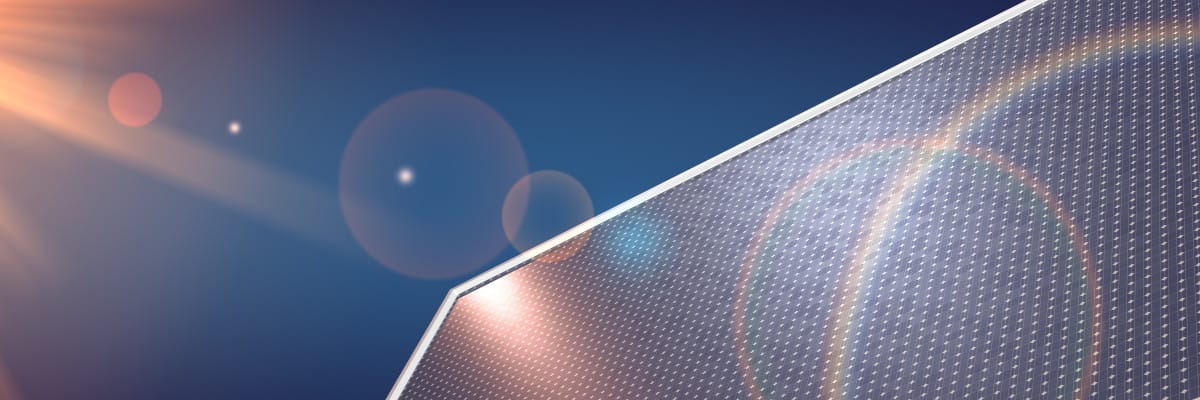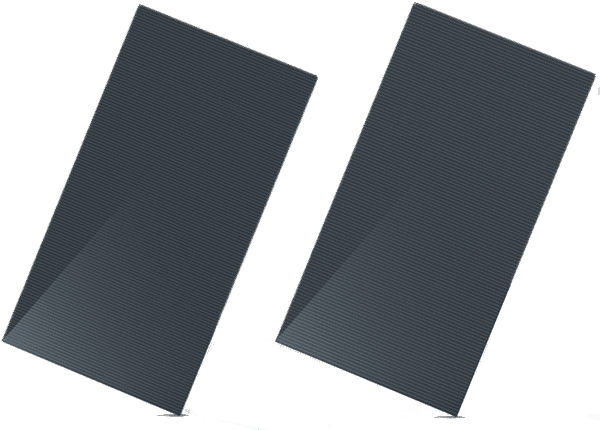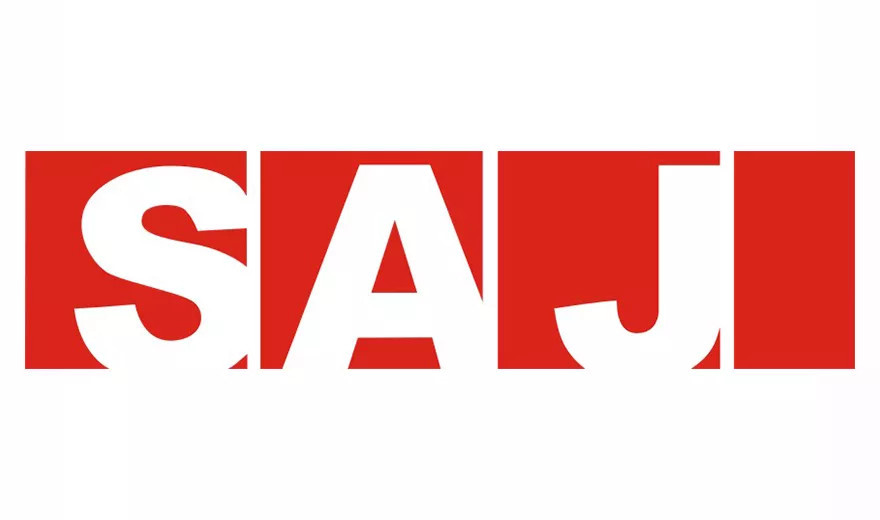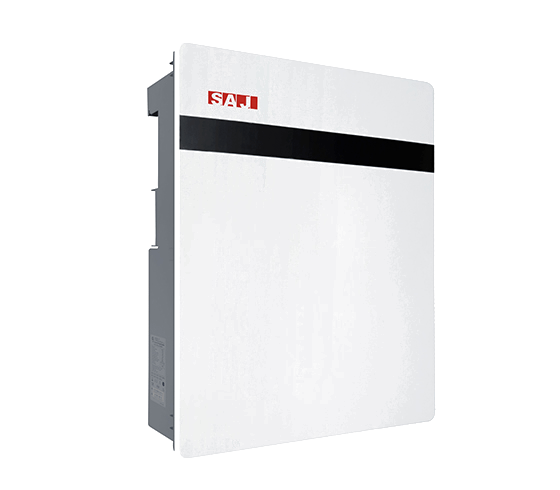Solar Panel Cost – Is Solar Power Worth It?

There is no doubt that solar power saves money on energy costs and can even make a profit in the long term. However, the solar panel cost is still quite high and there are a few factors to consider before installing a solar panel system.
This article deals with the viability of having a solar panel system installed. We discuss the current economic viability of solar power, cost factors and incentives. Furthermore, we explain in what situations a solar panel installation makes sense and how to determine the most economic solar PV system setup.
Overview

Financial Viability
The solar panel installation cost has been dropping from about € 7,000 (£ 5,800) for a 3.5 kW system to under €6,000 (£ 5,000) presently in the last decade. Taking incentives likes grants, feed in tariff (FIT) policies into account, the average ROI for solar power is at least 10%.

Requirements
Ideally, solar panels need south-facing roofs and 2㎡ roof space per panel. Furthermore, the roof should be exposed to as few shadows as possible during sun peak hours (10am-4pm). Diagonal roofs are preferable to flat roofs as they provide the most sunlight exposure.

Get In Touch With Us
Get in touch with us to enquire about our solar power solutions. You can also schedule an appointment for a free and noncommital discovery call.

Optimal Setup
An optimal solar power system covers at least the energy demand during peak hours. To take maximize your benefits from solar power, however, battery storage is crucial. It allows you to use solar power at night and export surplus electricity, thus reducing total solar panel cost.
How Lucrative Is Solar Energy Really in 2022?
Financial Advantages of Solar Power
- Energy Bills are rising and solar power is the best way to avoid high energy costs.
- Feed-In Tariffs offer financial compensation to households that export solar power to the grid.
- Small Systems already can save up to € 600 (£350), larger systems will yield proportionally higher savings.
How Much Do Solar Panels Cost?
Solar panels cost between € 420 (£350) and € 600 (£500) per piece, depending on size and type of solar panel. A 3.5kW solar panel system, which costs roughly € 7,220 (£6,000 )and covers around 29 square metres roofspace, is one of the most popular home solar power systems.
Government Incentives
With electricity bills rising, solar power now saves a lot more money than it used to. Households are compensated for solar energy they ‘export’ through feed-in tariffs (FIT). However, it is worth keeping in mind, that FIT rates are steadily decreasing. Therefore, it is advantageous to enter as early as possible to get the best possible price for selling solar power.
![]() INFO: Apart from FITs, most European countries have several grant schemes for businesses and homeowners to incentivize the use of solar power. Check our respective solar power guides for more info.
INFO: Apart from FITs, most European countries have several grant schemes for businesses and homeowners to incentivize the use of solar power. Check our respective solar power guides for more info.
UK Only – Smart Export Guarantee (SEG)
As opposed to FITs, homeowners in the UK profit from a new legislation called Smart Export Guarantee (SEG). Under SEG, UK energy suppliers are required to pay households and businesses for exporting solar power to the grid. However, UK citizens who installed their panels before March 2019 still get the traditional FIT tariff.
Total Solar Panel Cost Savings
All in all, using the power generated by your panels yourself is always preferable to other uses of solar power. Generally speaking, a typical family with a 3.5kW system may save between € 200 (£165) and € 530 (£440) a year. However, savings vary depending on system size, type of solar panel, power consumption, whether you’re at home during the day to utilize the energy you’re producing, amongst others.
Use our solar power calculator to get a rough idea of how many solar panels you need and how much money you can save. All you need to know is your monthly electricity expenses.
Solar Panel Installation Requirements
Apart from solar panel cost, there are also external factors that impact a solar power installation. Some of these requirements are essential to the installation process and flawless long-term operation. There are also a few requirements that may not be essential, but important to ensure a flawless operation of the solar power system.
Solar Panel Installation Essentials
Whether you’re installing a rooftop or ground-mounted system, the first prerequisite for solar power systems is that enough space is available. Typically, solar panels require two square metres each, so roof size is a crucial factor for rooftop systems.
Apart from providing enough space, the roof has to be in suitable condition to sustain all solar panels for 25+ years. We recommend to have the roof inspected by a certified professional and fix any potential damage beforehand. Otherwise, the installation process may get disrupted. Old tiles should be replaced before installing the panels.
In general, planning permissions are not required for most solar power systems. However, flat roof installations, listed buildings and those in conservation areas require permissions by the local authorities beforehand.
Ideal Operating Conditions
While some factors may not be essential for a properly functioning solar power system, they are important to ensure that the solar power system works at maximum efficiency. It is highly advisable to take them into account, otherwise system performance may drop to unsatisfactory levels.
One of the most important factors determining system performance is roof orientation. A roof that is primarily facing south guarantees maximum sunlight exposure for the longest amount of time. Vice versa, a roof that is facing north can easily cut a solar power system’s performance in half. Ideally, the roof should also be at an angle between 10 and 60 degrees.
An equally important factor is shading during sun peak hours. Naturally, panels covered in shadows will be less effective in collecting sunlight. Movable objects in the vicinity of the roof should be removed if they cast shadows on the roof. Unfortunately, it may not always be possible to reduce shading from the surrounding area – for example, if neighbouring houses are source of shading.
Discover Your Renewable Energy Solution Today
The efficiency of solar power systems depends on the right installation and components. With us, you have access to solar devices of the highest quality at an unrivaled cost advantage.
We help you find the best system for your requirements. Our solar power experts provide you with free consultation during any stage of your project.
What Is the Optimal Setup to Minimize Solar Panel Cost?
How To Optimize Solar Panel Cost
- Total Output should cover 150% of daily energy consumption.
- Battery Storage is required to store excess solar power for later use.
- Excess Power is primarily used to power the house at night.
- Maximize Profit by exporting the remaining stored solar power.
Optimal Solar Panel Output
Households consume up to 75% of their total demand during peak hours. Therefore, it makes sense to install a solar power system that can supply at least this portion of the demand.
It becomes more obvious when you make the actual calculations yourself. On average, solar panels produce around 1.6kWh per day, while the average European household needs up to 15kWh during peak hours. Adding the cost for solar inverters, one would need a sytem with 10 solar panels, costing roughly € 7,000 (£5,825) in total.
A system of that size will yield electricity savings of about € 1,200 (£ 1,000) per year. That means it will pay for itself in roughly 6 years. Spread out over 25 years, (average lifetime of a solar power system), the system will have generated a profit of € 17,000 (£ 14,150). That translates to an annual return on investment of 5%.
Ruike PV modules are a masterpiece of CdTe thin film cell technology. Dispensing with any aesthetic components, they are optimized for maximum efficiency
The RK series offers exceptional value for money. The advantages of CdTe production allow for a relatively low price compared to silicon modules, while maintaining high perforamnce values.
An additional interlayer of 0.5mm Ethylene vinyl acetate (EVA) makes them a superb choice when durability is of importance.
- Best PV module for massive projects
- Cost-effective
- Maximum Efficiency
- Transmittance: 0%
- Efficiency: 145W – 160W/㎡
- Rooftop & Ground-Mounted Systems
How Do Solar Batteries Affect Total Solar Panel Cost?
 To optimize solar panel cost even further, solar batteries are a must. They allow for a more flexible use of solar power. Batteries of sufficient capacity can store enough solar power to supply the household 24 hours.
To optimize solar panel cost even further, solar batteries are a must. They allow for a more flexible use of solar power. Batteries of sufficient capacity can store enough solar power to supply the household 24 hours.
Therefore, we recommend to install a solar power system that yields 100% of daily power demand.
A system that produces 20kWh/day, would cost around € 12,000 (£ 13,300), including solar batteries. Annual savings now rise to at least € 1,600 (£ 1,330). It will take a little longer to pay for itself (7-8 years), but your total savings after 25 years will be € 28,000 (£ 23,300). That is an annual return on investment of 7,2 %.
The SAJ AS 1-3KS-5.1 gives you a new degree of independence from the public power grid. Having its own integrated inverter, it also presents a great choice for a stand alone home battery solution.
It’s chemistry is based on lithium for maximum safety and a high cycle rate. An integrated smart energy management system provides total freedom in terms of energy and expense allocation.
Charging and discharging times can be flexibly set based on local peak and off-peak electricity periods to minimize energy bills. Three different operating modes are available for that purpose.
- Stand alone home battery
- Integrated inverter
- Lithium-ion battery
- Optimal for energy arbitrage
- Smart energy management
- Storage capacity: 5.1kWh
- Life cycles: ≥6000



